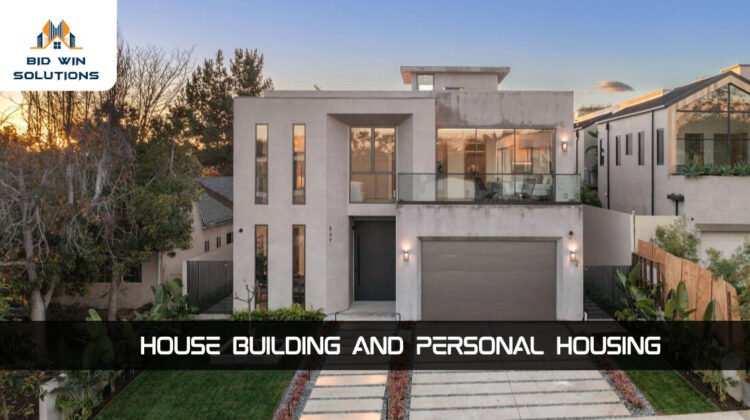
Why Cost to Build a House Will Be Your Next Big Obsession
The catch-all phrase in the contemporary context of house building and personal housing that has really taken overriding prominence with seasoned investors and newcomers alike to see the dream of home ownership materialize happens to be “cost to build a house.” Fiscal prudence in relation to the urge to create a bespoke living environment, therefore, forms a paradigm that indeed calls for scrutiny and profound understanding.
Indeed, during times of high rising property prices and changing market scenarios, the buying decision for both the buyer and developer becomes very cautious, considering all the variables that affect the total cost of building a house. The cost of building a house involves a number of variables, each of which must be looked at and considered in detail. This article shall elaborate on why this particular topic should become an issue of paramount focus and one that the stakeholders in real estate are obsessed with.
Apparent Facets of Understanding
In comprehending the cost of building a house, a person has to understand the multifaceted elements that come together and comprise what defines the whole cost. The financial outlay could be categorized into just a few key elements, namely land acquisition cost, design and architectural fees, material procurement, cost of labor, and regulatory costs. Each of these elements plays an important role, which one should be absolutely conscious of in order to understand the overall cost of any construction undertaking.

- Land Acquisition: The rapid expansion of city centers has driven land prices high to accommodate the demand. The location, zoning regulations, and resale value of the plot should be assessed in detail to make sure the plot is bought at a decent price.
- Design and Architectural Fees: Adding in a professional architect or designer adds another layer to the complexity of the cost of building a house. Innovative conceptualization of one’s home is important to make sure functionality, aesthetic coherence, and sustainability are attained. Such expertise, however, does not come cheaply and may form a chubby chunk of the overall budget.
- Materials Procurement: One of the factors that determine the cost and durability of the structure will be the type of materials being used. Usually, high-quality materials are more expensive; however, over time, they pay for themselves in the form of lower maintenance and greater energy efficiency.
- Labor Costs: The labor market remains one of the dynamic variables in the construction industry. Wage rate fluctuations, the availability of skilled tradespeople, and the timeline to completion are where direct and very real costs of construction fluctuate.
- Regulatory Expenses: The process of wading through sometimes Byzantine local regulations, permits, and inspections is time-consuming and costly. Compliance, however, is not optional and thus must be factored into the overall cost calculation.
The Imperatives of Accurate Budgeting
Having deep knowledge about the cost of building a house is more about fiscal awareness than an important ingredient in managing a project well. Such a process requires proper budgeting so as not to fall into the financial traps that may come in the way of the successful completion of the building project. Somewhere down the line, there is always some unforeseen expense that comes up; therefore, an adequate contingency fund is required to mitigate the risks associated with such unexpected complexities.
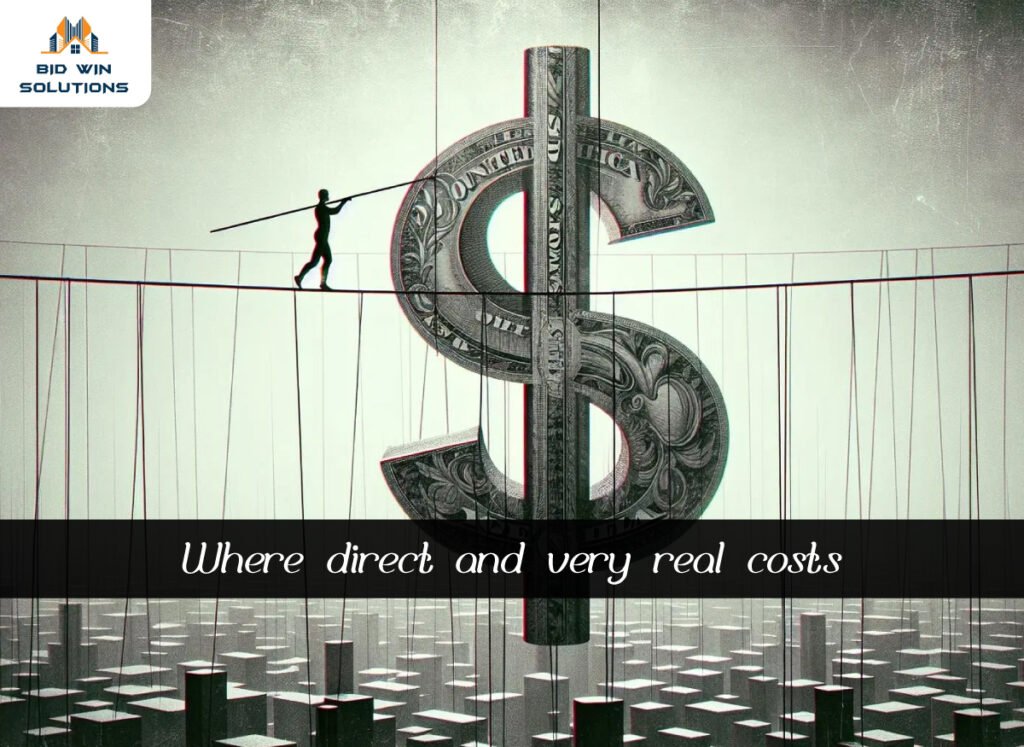
Apart from that, such poor budgeting has consequences that may not be limited to the immediate financial sphere. Delays in construction usually translate to higher costs, further coupled with the potential loss of value in a fluctuating market. Therefore, the tactful orchestration of budgeting measures ought to be an obsession with first-time builders, just as it would be with experienced developers since this directly relates to the viability of the investment.
Market Dynamics
You can’t help but think about the high impact of more general market conditions on the cost of building a house. Overall economic conditions, such as current interest rates, inflation, and consumer confidence, all have their bearing on the construction industry. In times of economic growth, demand for materials and labor often sees prices force their way up and vice-versa when economic fortunes are low.

These, therefore, call for the industrialist to be acutely aware of such fluctuations and trends so that informed decisions may be made. This calls for constant interaction with market research and economic analysis, shaping the very culture of vigilance and proactivity against market volatility.
Technological Innovations: A Two-Way Street
Until recently, changes in technology have started to remake the building industry and bring about a set of opportunities and challenges that relate directly to the cost associated with building a house. Examples include sophisticated design software, prefabricated components, and sustainable building practices. These are increasingly common and offer a number of efficiencies that can translate into economies.
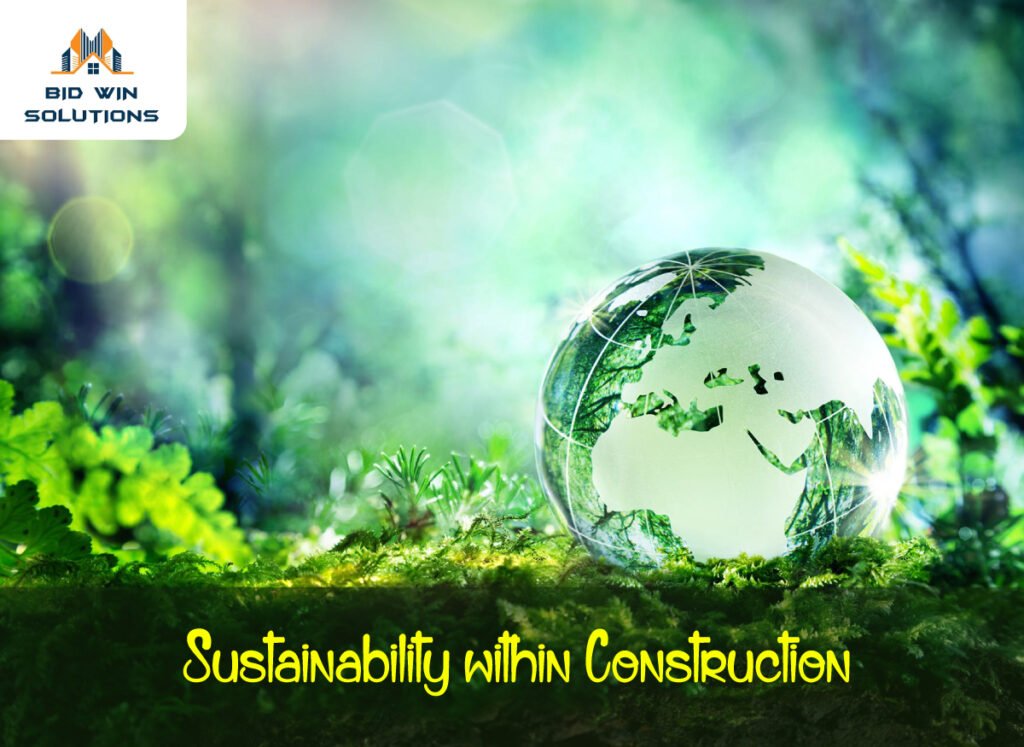
These innovations, however, do require up-front investments in training and procurement and can thus impose an initial out-of-pocket financial burden. As such, to the extent that technology can enhance the building process, these costs must be weighed against long-term benefits by these stakeholders. There is constant discussion regarding technology in construction, and hence it deserves maniacal obsession and scrutiny by all concerned in the industry.
Sustainability and Environmental Considerations
The modern consumer is increasingly sensitized to the need for sustainability within construction practices. The integration of eco-friendly materials into energy efficiency in design and construction methods that minimize environmental impacts is no longer strictly an ethical concern but also one that is slowly becoming an economic necessity.
The cost issue balance changes dramatically when the consumer is likely to invest more in those homes, which would ensure reduced utility bills and minimal environmental footprints. The cost involved in building a house should, therefore, also take into consideration the aspect of sustainable practices and the resultant impact on initial outlay and long-term financial efficiency.
Conclusion: A Way Ahead
Therefore, the cost of building a house is such an issue that deserves one’s undivided attention and unrelenting obsession; whether one is pressing through with property development or home construction, everything detailed from budgeting down to market dynamics and embracing technological innovations stands a chance to bring the project either success or failure.
These factors are combined in an attempt not only to enhance fiscal responsibility but also to drive a sense of empowerment for the stakeholders.
By doing so, the obsession with understanding the intricacies of building costs propels one to the helm of informed decision-making that ultimately ushers the way through successful construction ventures to the realization of dream homes. To this end, attention to the financial aspects entailing residential construction must be of the utmost importance for all parties involved so that the cost of building a house would no longer be only a statistic but an obsession leading to some informed and strategic outcomes.


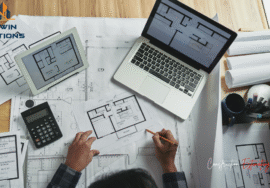
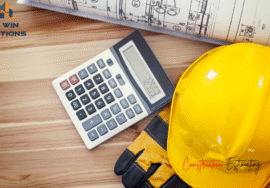
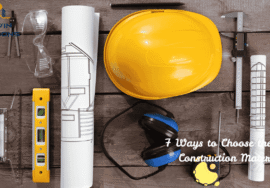
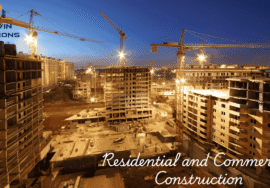
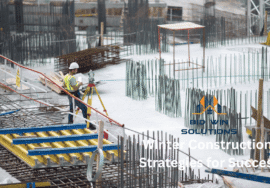
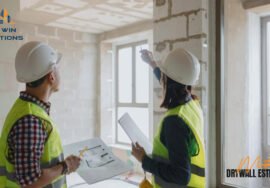


Every time I visit your website, I’m greeted with thought-provoking content and impeccable writing. You truly have a gift for articulating complex ideas in a clear and engaging manner.